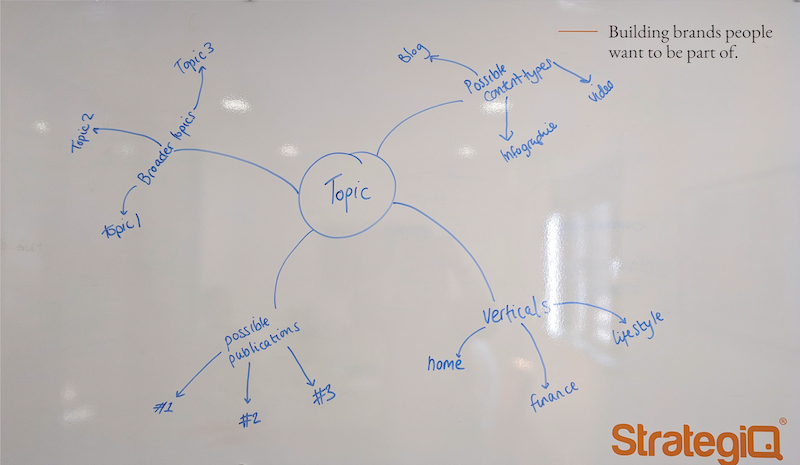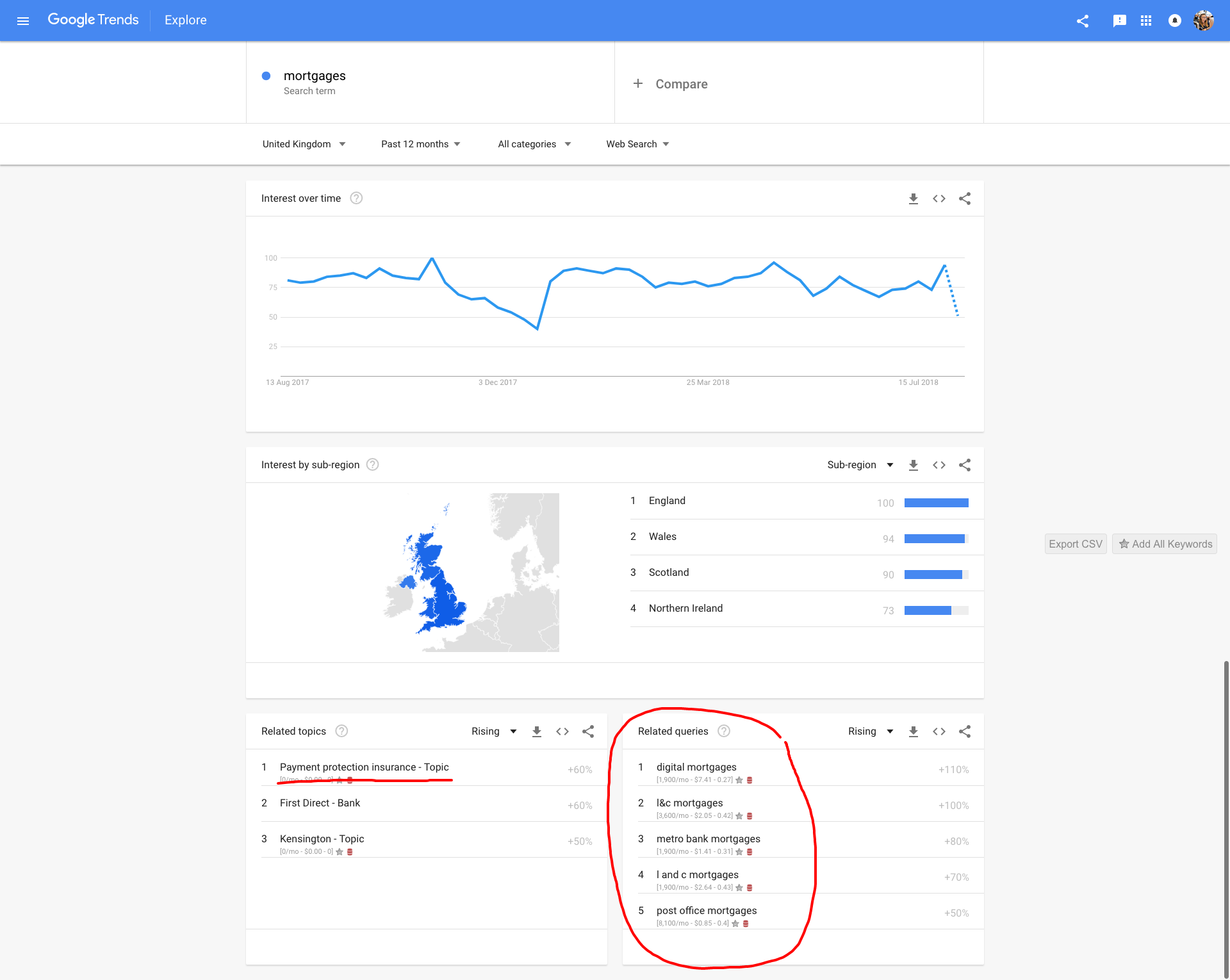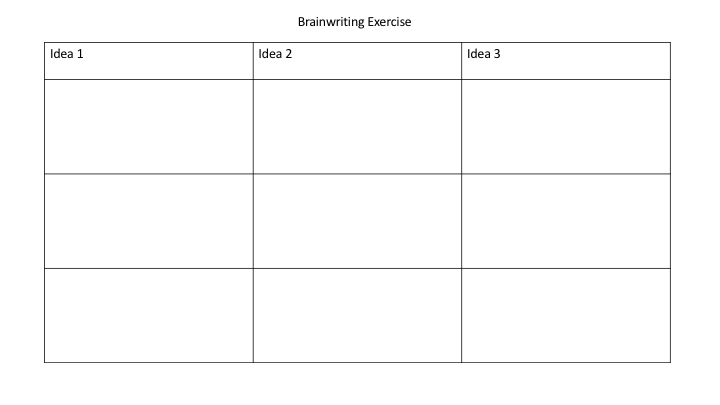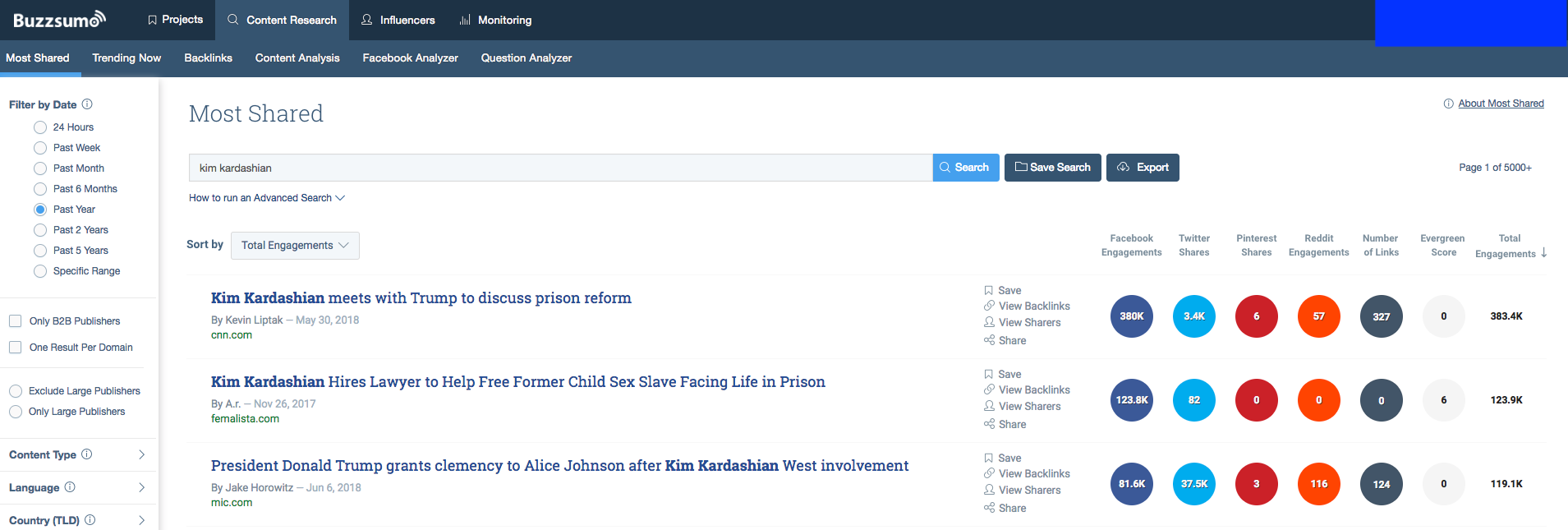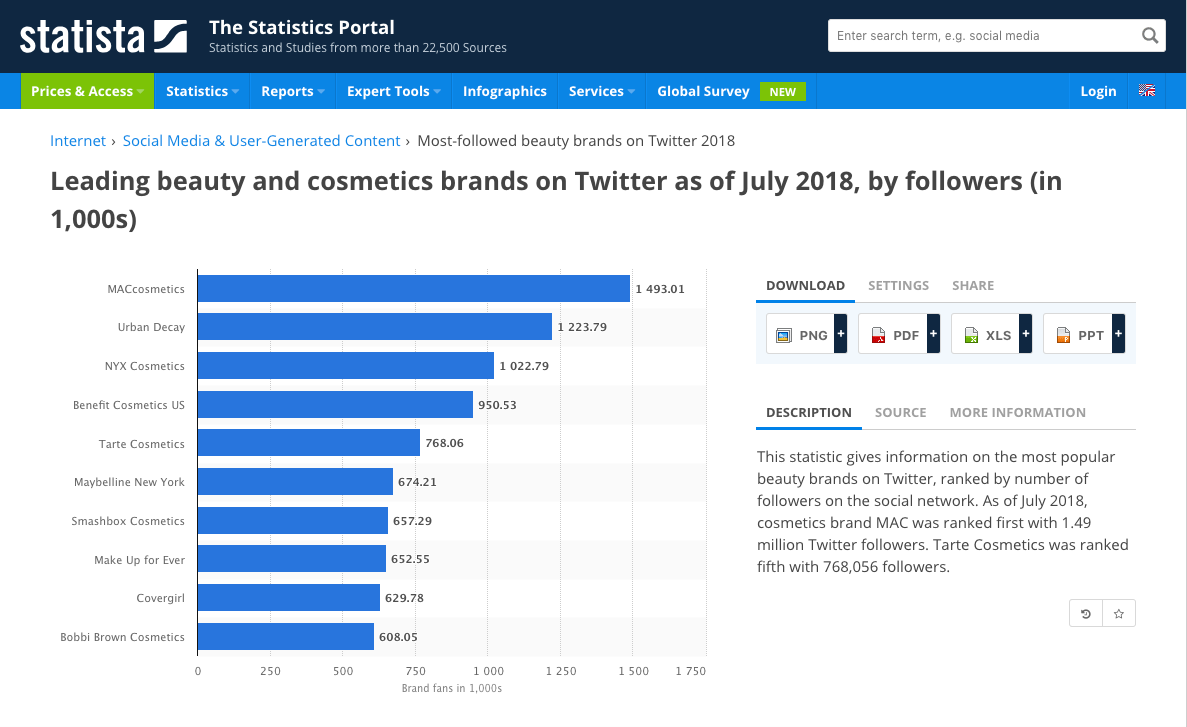Are you struggling to be creative with content? Used to writing boring blogs stuffed with keywords and need something new? Is your imagination stream drier than England’s gardens during a hosepipe ban? Well, don’t panic! We’ve all been there as content marketers – some subjects are hard to make exciting, and sometimes when you’re too deep into a project or client and become a bit blinkered to new ideas.
To help relieve you of your creativity dry spell, I’ve gathered some of my favourite content ideation methods from all the best people in marketing – from link-builders to SEOs and everyone in between – and put them all together in a handy blog. So, next time you’re feeling like you simply can’t think of anything else, you know where to go!
I wouldn’t usually recommend doing this process by yourself, but sometimes there simply isn’t anyone to help bounce ideas off. That’s why I’ve made sure most of these methods are doable on your own.
#1 – Give yourself time!
This is the most important part of the process and Gisele Navarro really highlighted this to me while I worked through her Outreach Blueprint Training Course (which I would thoroughly recommend, whatever level you’re at).
If you have no time for ideation, you won’t get good ideas.
You’ll get rushed, ‘sounds-good-but-really-doesn’t-work’ ideas. If you haven’t got time, make time, and do as much as possible away from your screen to start with.
#2 – Brainstorm and utilise spider diagrams.
This might seem super simple, and you’re probably thinking “yeah, I tried that”, but there’s a specific way to make these sorts of things extra fruitful when you’re struggling.
Get as big a piece of paper as you can find, some coloured pens or pencils (highlighters will do if you’ve got no felt tips – though what self-respecting adult doesn’t have felt tips?) and start with your general topic in the middle of the sheet. You can put verticals, types of content, broad topics and anything else that works with your topic to help fuel ideas. Then expand on each word, phrase or idea until there’s no space on the page.
Eventually, it’ll look something like this, but imagine it’s all colourful and full. (I had no other coloured pens…)
#3 – Use a tool like AnswerthePublic, SEMrush Topic Research or Google Trends.
Simply put your topic into the search bar and there you have it: loads of questions, queries and search topics you can use to base ideas on. Don’t copy, but expand on ideas you see, writing the best ones down and taking note of the questions being asked, as well as the type of content e.g. copy, infographic, video etc. Here are some cool insights highlighted in a ‘mortgages’ Google Trends search query:
#4 – Employ word association – exactly what it says on the tin.
Write down a word that’s relevant to your client’s product/campaign goals, and then write down every single word that could be attached to that word. It is just as good to do online with tools as it is sitting yourself down somewhere quiet away from a computer and letting your brain do the work (you can do this in a team too!).
Google’s Keyword Planner tool can be really helpful for this if you want to know what people are searching in the area, and if you don’t know the industry well, it’ll give you some commonly associated words that you might not otherwise think about.
#5 – Engage in team ‘brainwriting’ sessions.
This was coined by Laura Crimmons and Beth Hibbert from Branded 3, (now at Silverthorn and Edit respectively) during a BrightonSEO training course and has been hugely helpful since I started using it in my own ideation sessions.
We do this with around ten of us, but it can be done with as few as three people. It’s basically a 3×3 table on a printed sheet. Each person adds three ideas to their sheet in a time limit of three minutes (or five if you’re feeling generous) then passes their sheet to the next person.
Do this until you’ve filled your sheets and collect together your results. There will be some super stinky ideas in there, but also some amazing ones and the stinky ones can be really handy seeds for great content ideas. Ours looks like this:
#6 – Ask yourself, “What would Kanye do?”
Another fab one from Laura and Beth. You are welcome to replace Kanye with any of your favourite controversial/unusual celebrities. This one is great for getting the worst ideas out first, and all you do is write down all the content ideas you think Kanye might come up with for your campaign or client. It also gets the creative juices flowing and breaks the ice if clients join you for ideation.
Mandatory Credit: Photo by Cindy Barrymore/REX/Shutterstock
#7 – Embrace the ‘free-for-all.’
This one can be a bit hectic, especially in big teams, but it’s also really good fun and can really get brains in gear. It’s just how it sounds – get a big piece of paper, flipchart or whiteboard and just go for it. Everybody suggests ideas that all get written down, no matter how bad or unlikely, and at the end, whittle your collection down to the more suitable ideas.
Limit the time to avoid too much ‘banter’ and keep the focus on the ideas, but get as much as you physically can out of the time. It helps to have the client’s website visible if you’re ideating for a client.
#8 – Take advantage of Buzzsumo.
It’s a top-notch tool that’s free to use, although the best features come in the paid-for subscriptions. Just pop in your topic and it’ll show you all the wonderful content others have created on the topic. You can even search your entire title to see if it’s been used before!
This is really handy for the harder-to-do topics like finance, law and similar industries. It’ll also show you who’s shared it (on Twitter), how many people engaged with it, and on which platforms.
#9 – Monitor popular subjects with Ahrefs.
Ahrefs is super helpful for ideation, especially its ‘content explorer’ feature. It works very similarly to Buzzsumo, but you’ll get a range of different stats like referring domains and organic traffic. This is also a paid-for tool.
#10 – Discover data-based content topics with Statista.
Statista is content ideation for number-crunchers. Type a topic in the search bar and Statista will give you reports and shed loads of data for that industry, which might help generate some cool ideas for content.
Having some great raw data can also be handy for those more data-driven pieces, making Statista as useful for ‘post-ideation’ – i.e. content writing – as it is for ideation itself.
So, hopefully after trying out some of these methods, your dried-up imagination stream will become a glorious waterfall once again. Then, once you’ve completely smashed your ideation sessions, you also can use a few of the above tools to test your ideas, as mentioned in my recent blog about getting people to care about your content.
We’d love to hear your success stories with these tactics, and if you have any more tips, get in touch!

